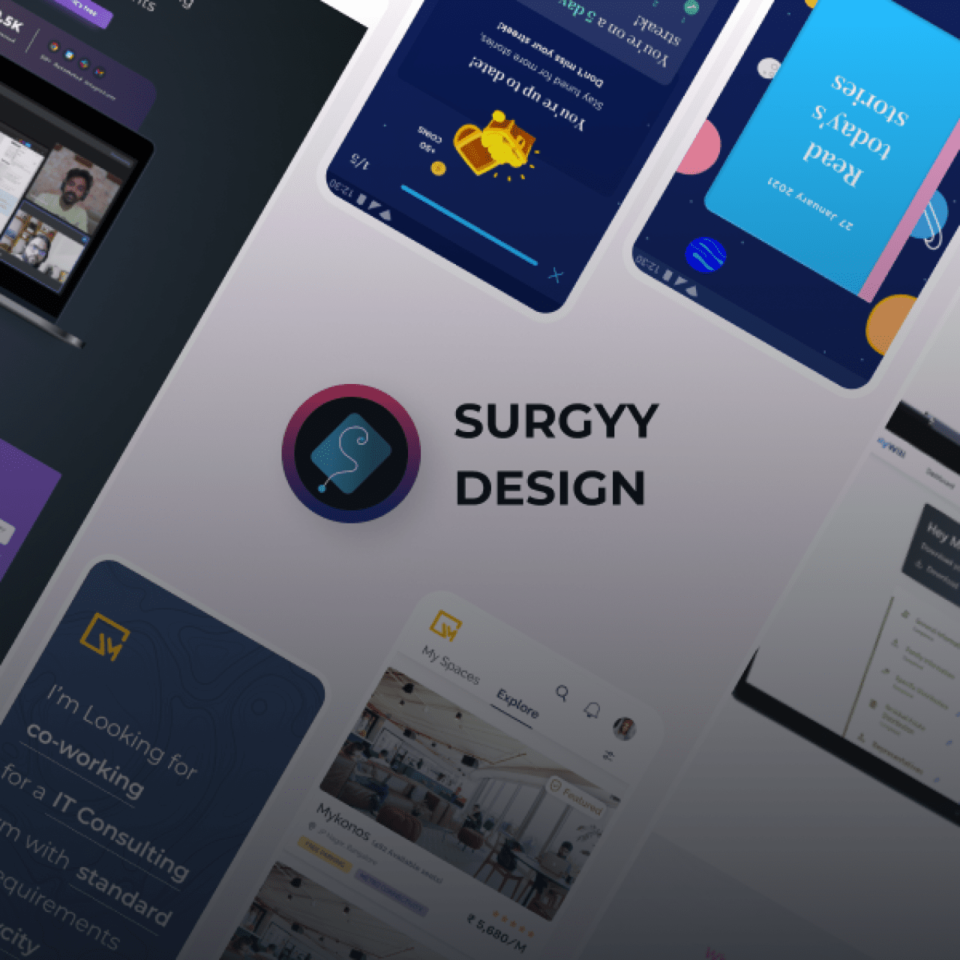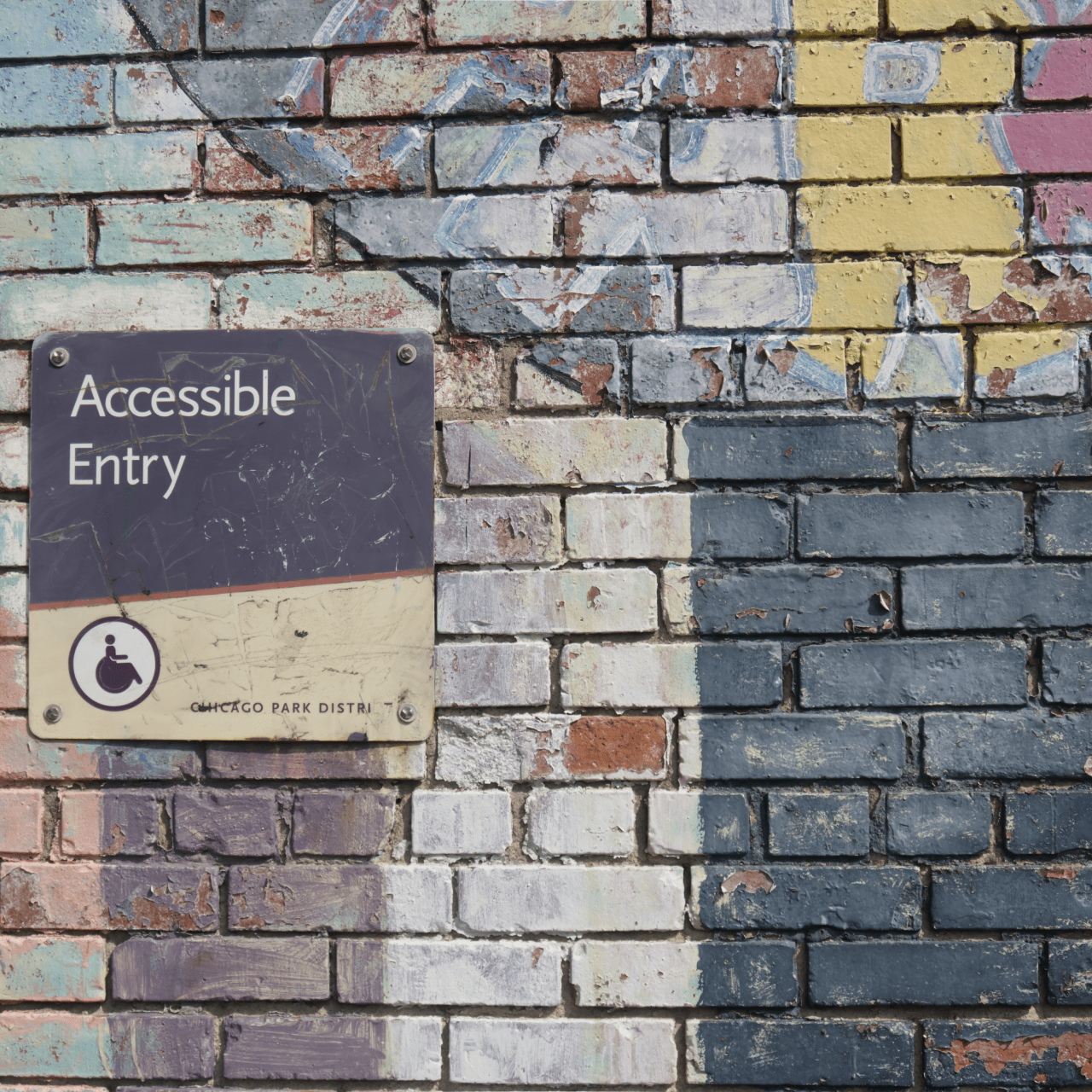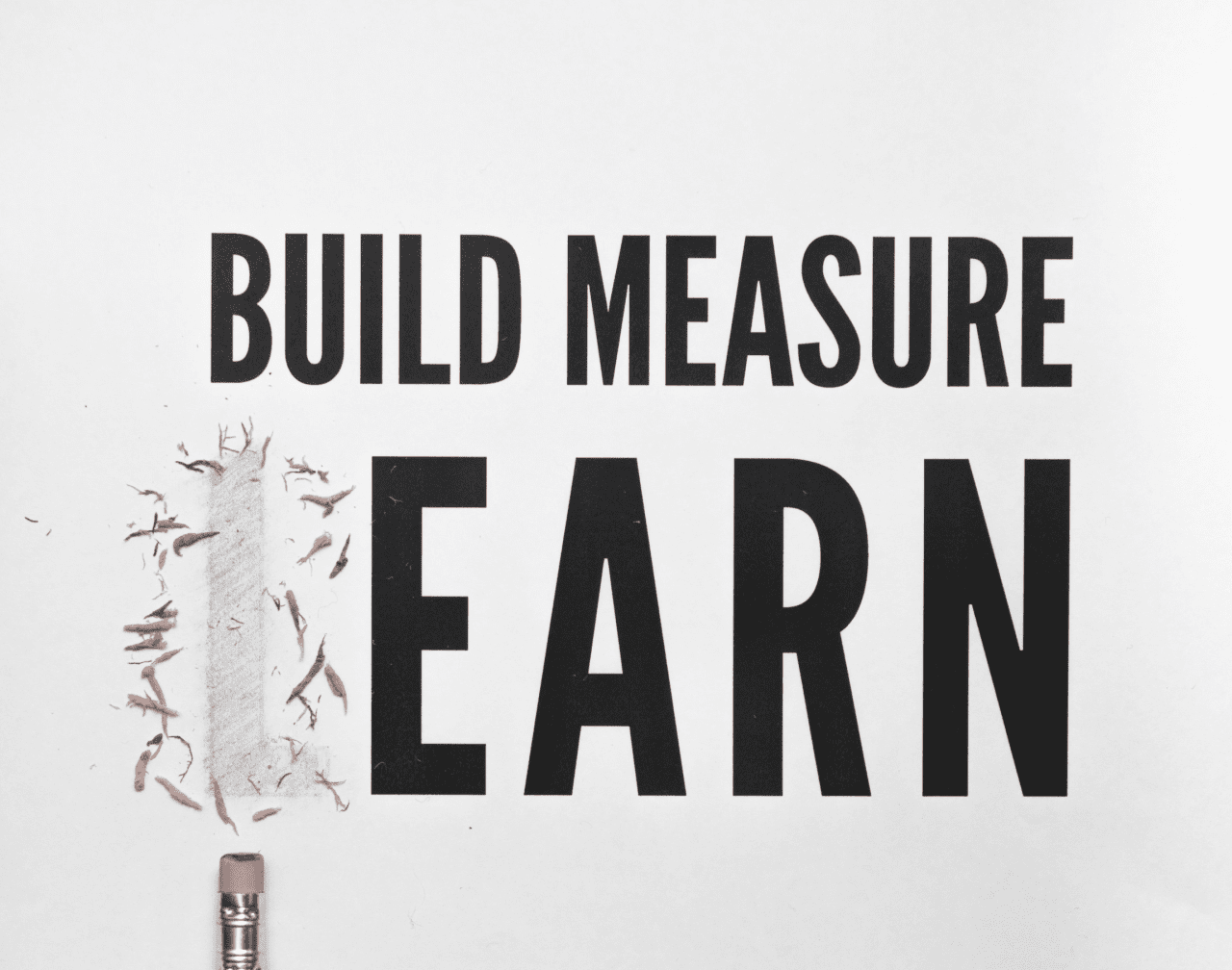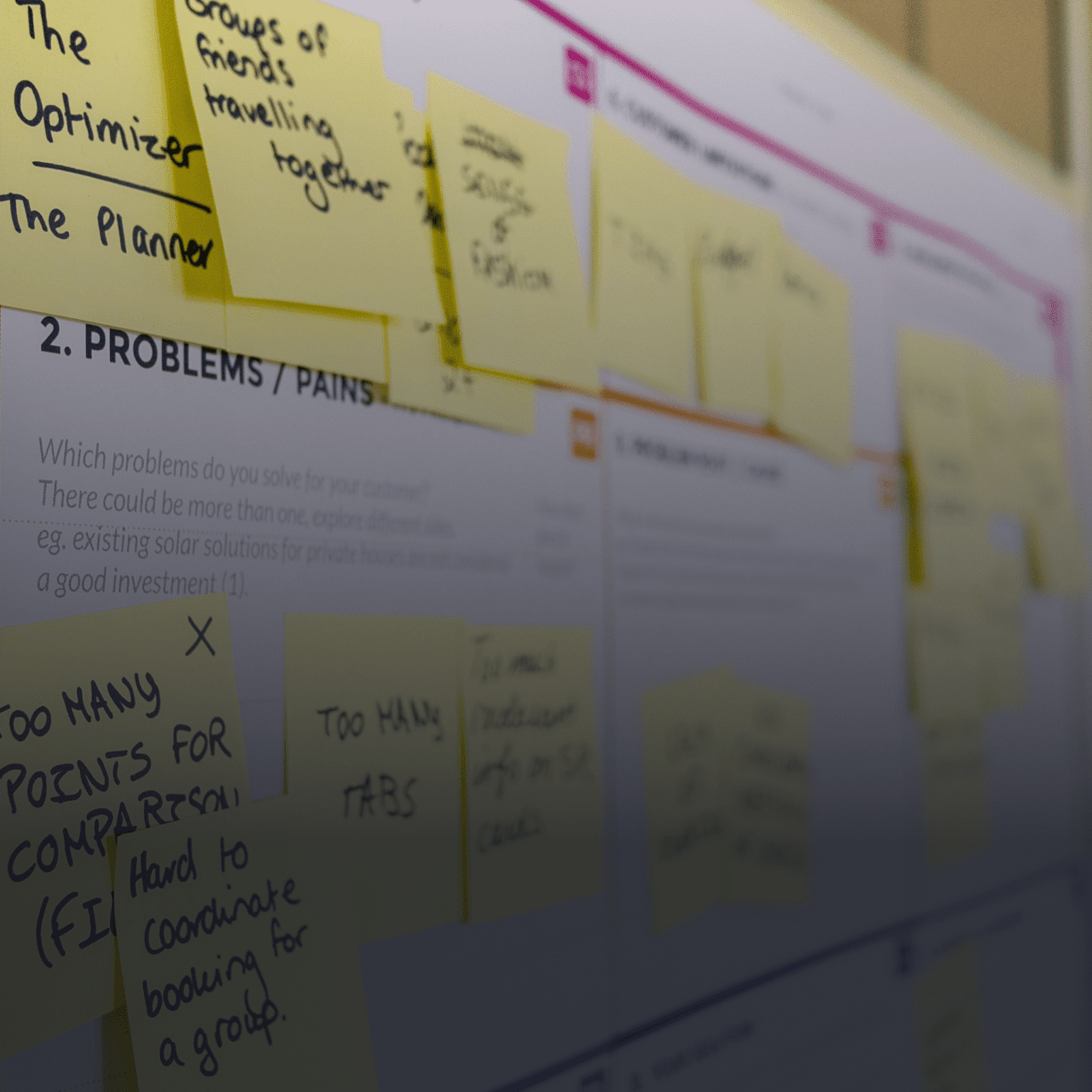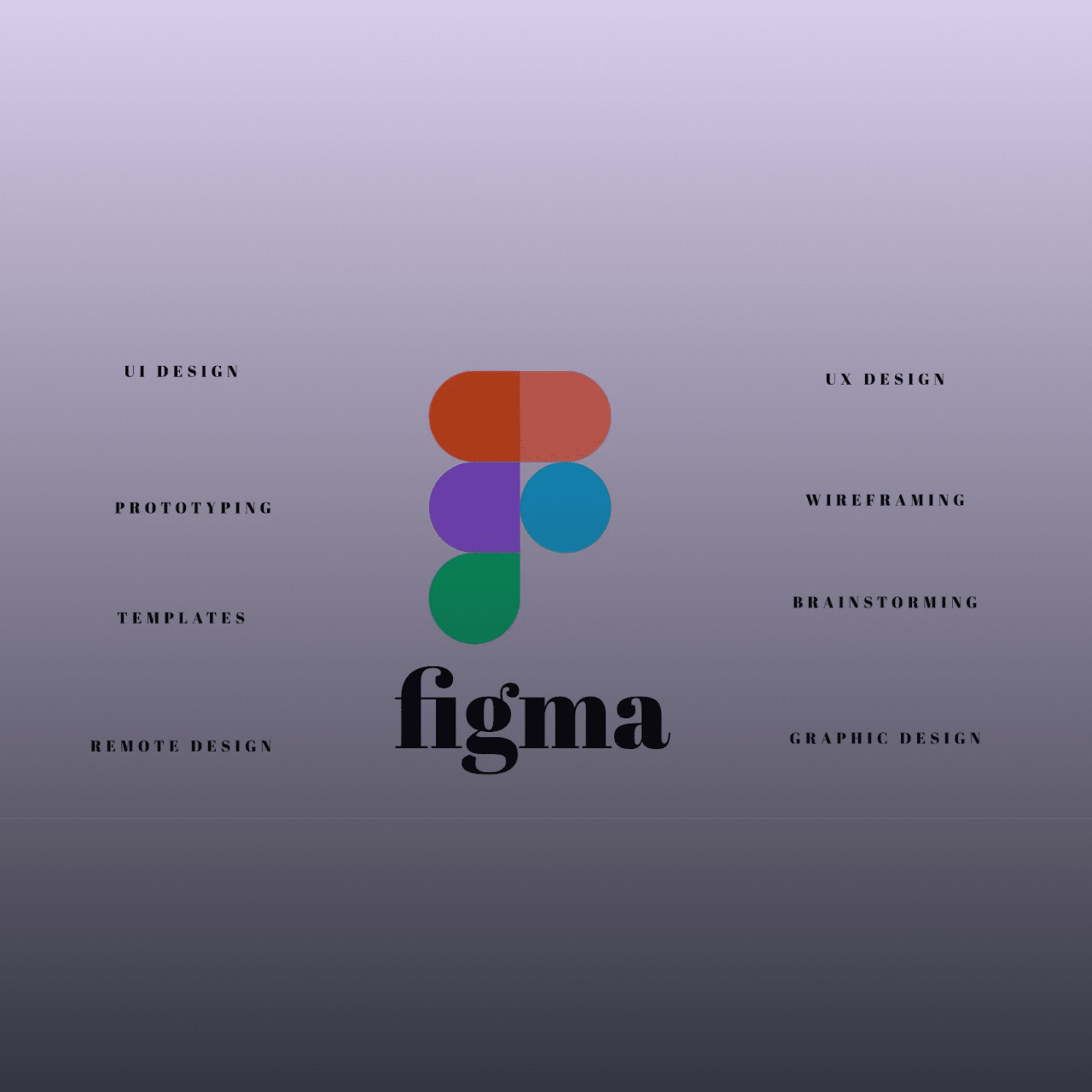March 2020, no one saw pandemic and resultantly lockdown approaching and none of us were prepared for it and it was the same for researchers across all product & service-based companies.
During lockdown we began witnessing an organic shift in the behavior of users with regards to internet & technology and this surge was prominent in industries like online grocery purchase (Swiggy Instamart, Grofers), digital payments, online entertainment mediums (Games, OTT platforms), education (Byju’s Vedantu, Embibe), medicine (1MG, Pharmeasy) etc. This shift also had a positive psychological impact among different user groups towards online channels.
Now, both business and users had to look up to each other and companies had to think about giving better experiences to these new users but without flouting the restrictions laid down due to pandemic and thus, remote research started gaining more prominence among researchers
Challenges of Remote UX Research
Prior to pandemic, I had only conducted very few remote researches during my stint with Google and honestly I didn’t liked it because there were challenges related to;
- Logistics
- Briefing to the vendors and arranging laptops for participants
- Incessant internet issues at participants’ end
- Participants sharing their phone screen through laptop or struggle in screen sharing through hangouts
- Sharing of confidential prototype links with participants through accessible medium &;
Off course other compromises are like,
- Missing real time observations (Body language & facial expressions) & emotions of the users
However, this isn’t the only side of the coin, gradually we realized it’s benefits.
Benefits of Remote UX Research
- Cost & time effective for the companies, as it was quicker and easier to reach out to participants living in Tier 2 & 3 cities (A smartphone and internet is only required)
- Users feel comfortable in their environment and researchers can observe that too, thus, helps evade Hawthorne Effect
- Freedom of inviting multiple observers or stakeholders without barging in the user’s personal space
Remote UX Research could provide interesting insights when used with right tools. Check this page about Marvel App
Marvel App User Testing Features
How to plan for Remote UX research
Planning a remote UX research has been evolving since the pandemic has started and UXRs across the globe are learning from each study, some of things that helped me were (this approach might be more helpful for B2C industry)

Prioritizing multiple aspects
Alongside the objectives of research, the UXR need to keep user profile at the core while planning for remote UX research: Remember as a UXR your job is not only to simplify the product/service but also simplify the research process for your users
In addition to demographic profile of users it should also encapsulate aspects like;
Users’ evolution with technology (Awareness & Experience with remote tools like Hangouts, WhatsApp, Validately) – Use a tool that the user is comfortable using, for instance WhatsApp (if the interview is done on smartphone as WhatsApp doesn’t have a web version). If you have more attendees for the session, feel free to use a combination of tools like Google Duo (Web version) & Hangouts together
Internet accessibility – Internet connections could be patchy in India even with Wifi and could be more painful when connected through phone data. Look for a tool that works well in low internet bandwidth (5mbps or less). Google Duo works well in this bandwidth
Limited instructions – While conducting research with less educated users, restrict your guiding instructions to minimum around tools, prototype usage, etc. too many instructions might backfire and can confuse the participant
Try using a buddy – A buddy could be anyone from users’ family, relative or a friend & owns a smartphone and works as a camera person for moderator/researcher. Apt for participants belonging to next billion users (NBU) i.e. low SEC, native of tier 3 or 4 cities, recently started using smartphones.
Dry run the prototype or designs
Interact & use the prototype/design at least 2 – 3 days before the main sessions to unearth challenges & apprising the design & engineering team around;
Hardware compatibility – Ask for hardware required to run the prototype on a smartphone (Some designs do not work on older Android versions or specific in-built apps that needs to be upgraded), make sure to ensure compatibility of the prototypes
Sharing of design prototypes via easier medium – Try and use a simpler medium to share these prototypes with users like WhatsApp (easy to delete link post the session)
Prototype diagnosis – Develop some hypothesis and raise concerns & probable roadblock for users while interacting with the prototype, for instance, use of English words for less educated users might not be a great idea but at the same time use of typical native language might not help, thus, keeping it more colloquial.
Have sufficient participant back-ups
In remote sessions, the participants’ availability could be ensured up to a certain level and UXRs struggle to keep a hundred percent control over it, therefore, it is imperative to have sufficient participant back-ups (more relevant when you are not hiring an external vendor) in the interest of time.
On main sessions day
Meet participants earlier, at least 10 – 15 minutes, this will solve two purposes;
Help build a better rapport with the users, that would help break the ice easily for later interaction/discussion, thereby yielding more meaningful insights.
Check for the necessary logistics like internet connectivity, phone battery status, profile, platform for sharing the prototype and suggesting the steps for installation. This granular groundwork has a huge impact in successfully conducting the UX session (just imagine you have stakeholders watching the session and the phone battery drip or there is an internet connectivity issue at users’ end, what would you do here?)
Check-out – Always remember to delete the design links after you check-out from the user session, researchers generally forget this (understand that designs are confidential).
Lastly, in spite of all the preparations things might still go wrong, so learn to overcome it and make sure it doesn’t get repeated in your future researches… All the Best ☺
Lokesh Sharma is a guest author on Difference by Design. If you’ve interesting ideas to share, find out more about submitting a Guest blog here


